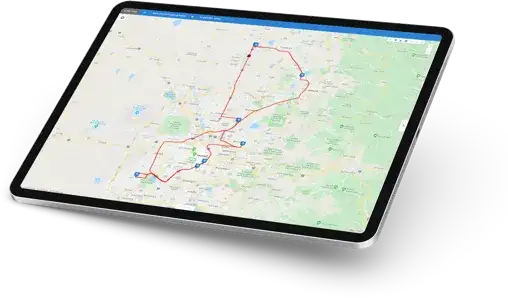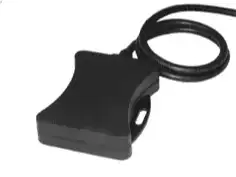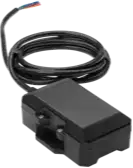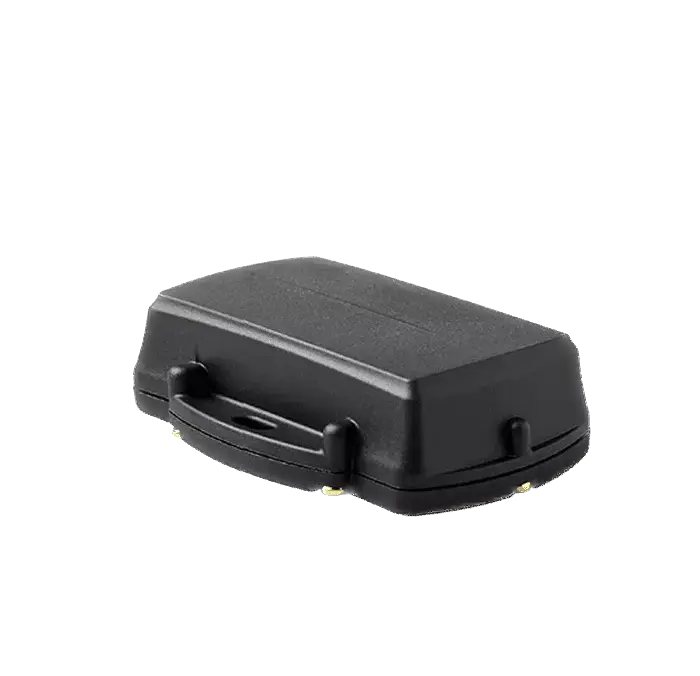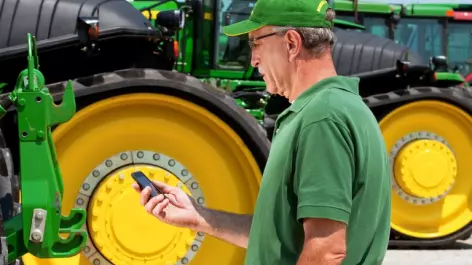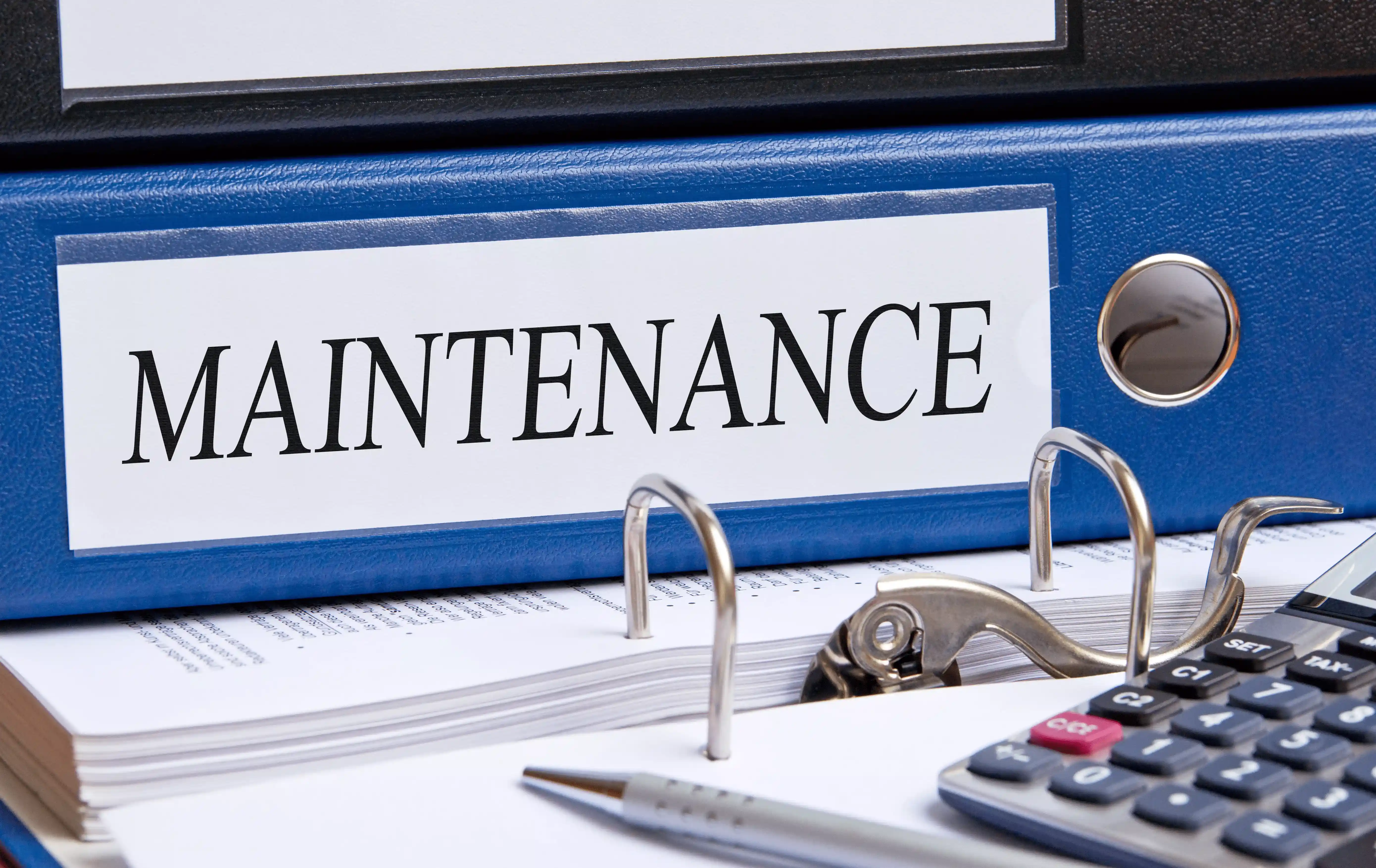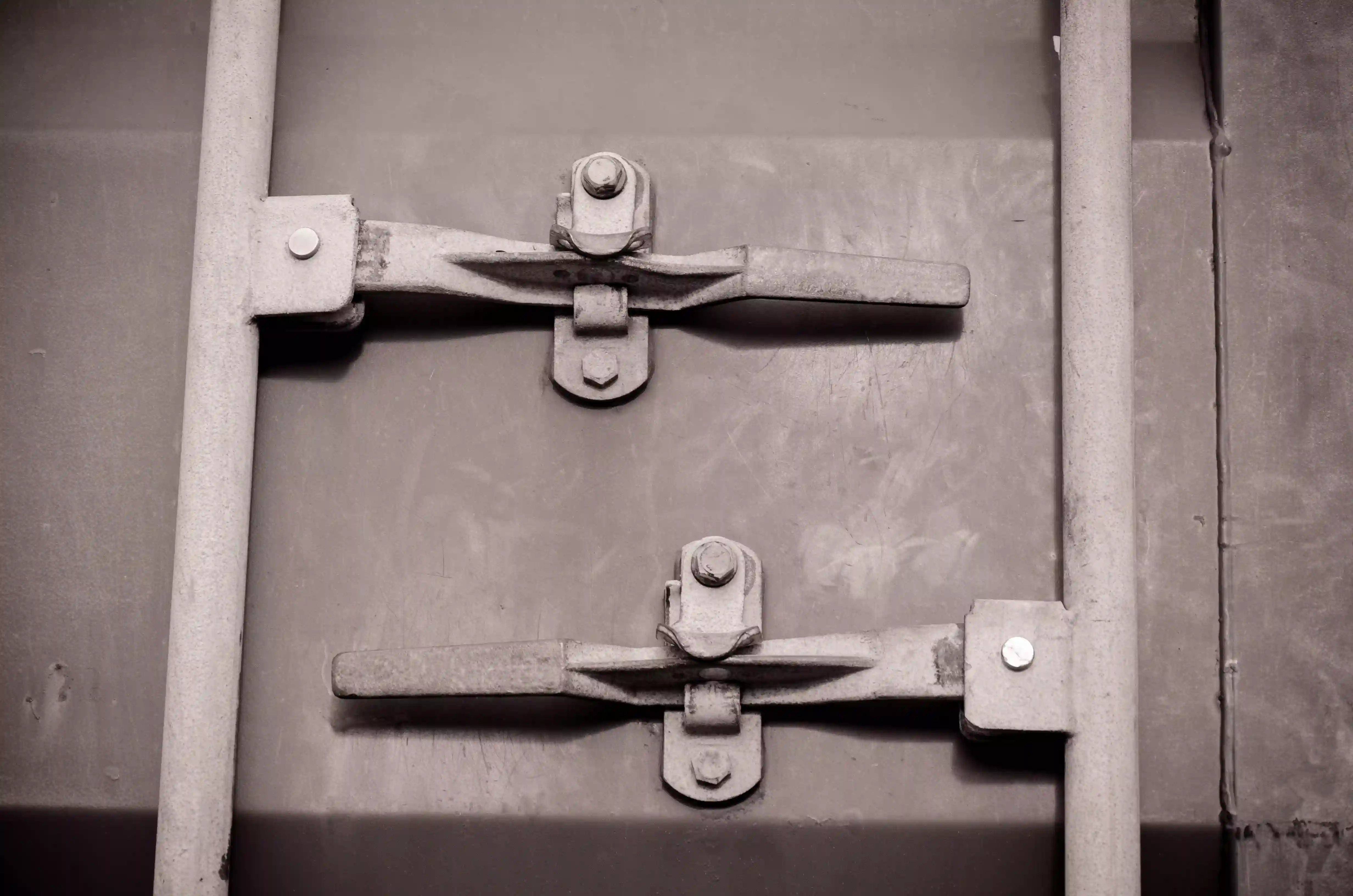With the high price of enterprise and industrial assets, the need for monitoring and tracking is paramount. Moreover, to determine the total cost of ownership, equipment managers across all industries are looking for a centralized system that provides important information, such as location, engine hours, maintenance history, and DTC codes.
Equipment managers can lower administrative costs and better accountability and cost savings. Moreover, with information on the equipment condition, they can plan for maintenance and future growth, resulting in overall efficiency.
GPS tracking has emerged as a common practice to accelerate productivity gains, reduce operational costs, and streamline compliance and keep equipment in top shape.
From one study - A one percent drop in equipment productivity can cause a 2.75 percent drop in total project profits.
It can also help with theft. The National Crime Information Bureau (NCIB) estimates $1 billion a year in the US alone is lost due to equipment theft with a recovery rate of less than 20 percent. The cost of stolen equipment goes beyond the pure cost of replacement as one may need to move equipment from other locations to meet job-site demands.
Theft of equipment is not isolated to a certain geographical location or equipment type. Equipment is reported stolen from construction sites, dealerships and warehouses, potential targets for thieves exist nationwide. But National Equipment Registry (NER) found that instances of heavy equipment theft happen more frequently in cities with increased road and construction projects and areas where pre-owned equipment is in high demand.
The most common pieces of equipment stolen are Skid steers - John Deere, Kubota and Bobcat products as the top three targets.





 (888) 919-7536
(888) 919-7536
